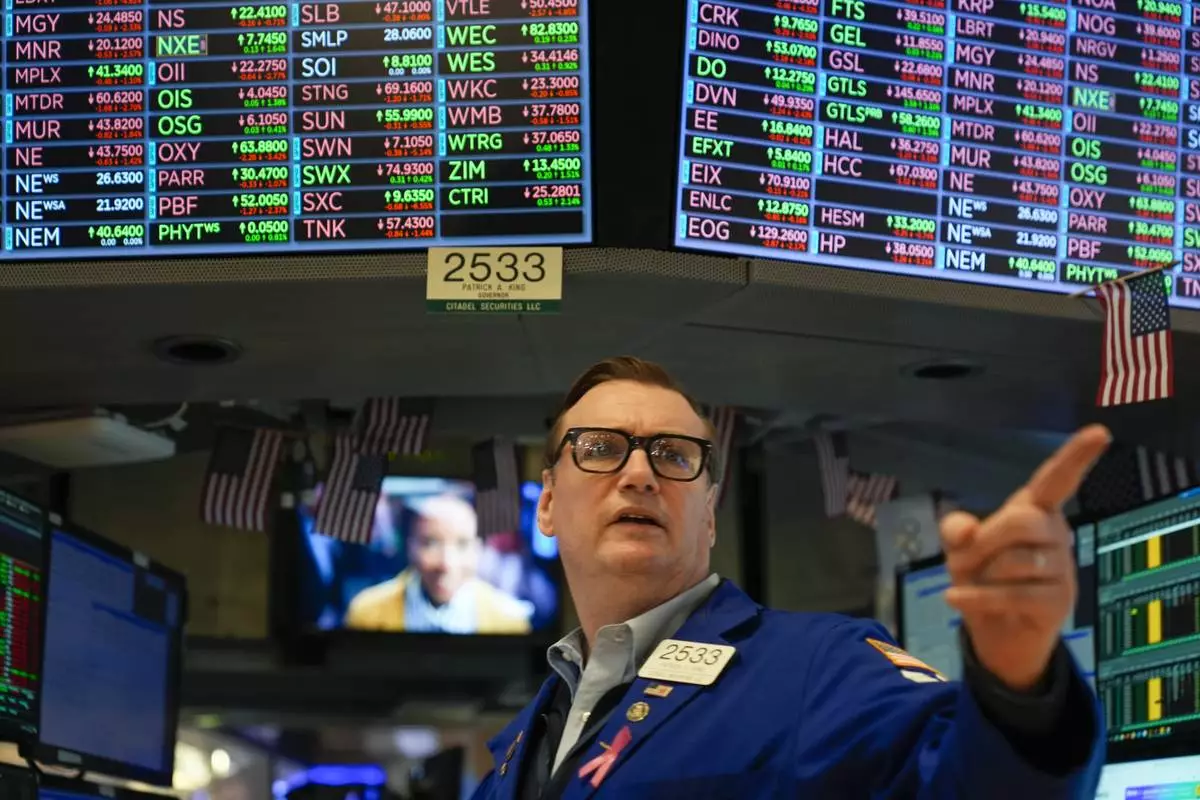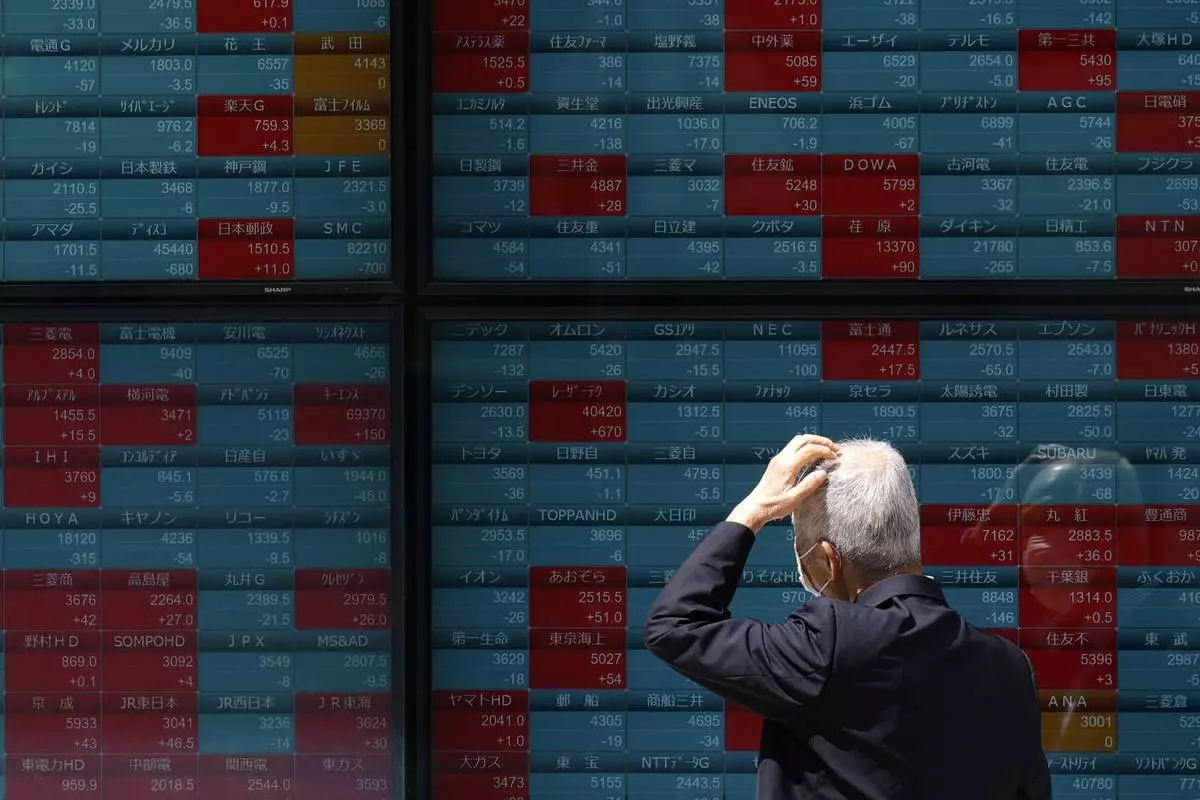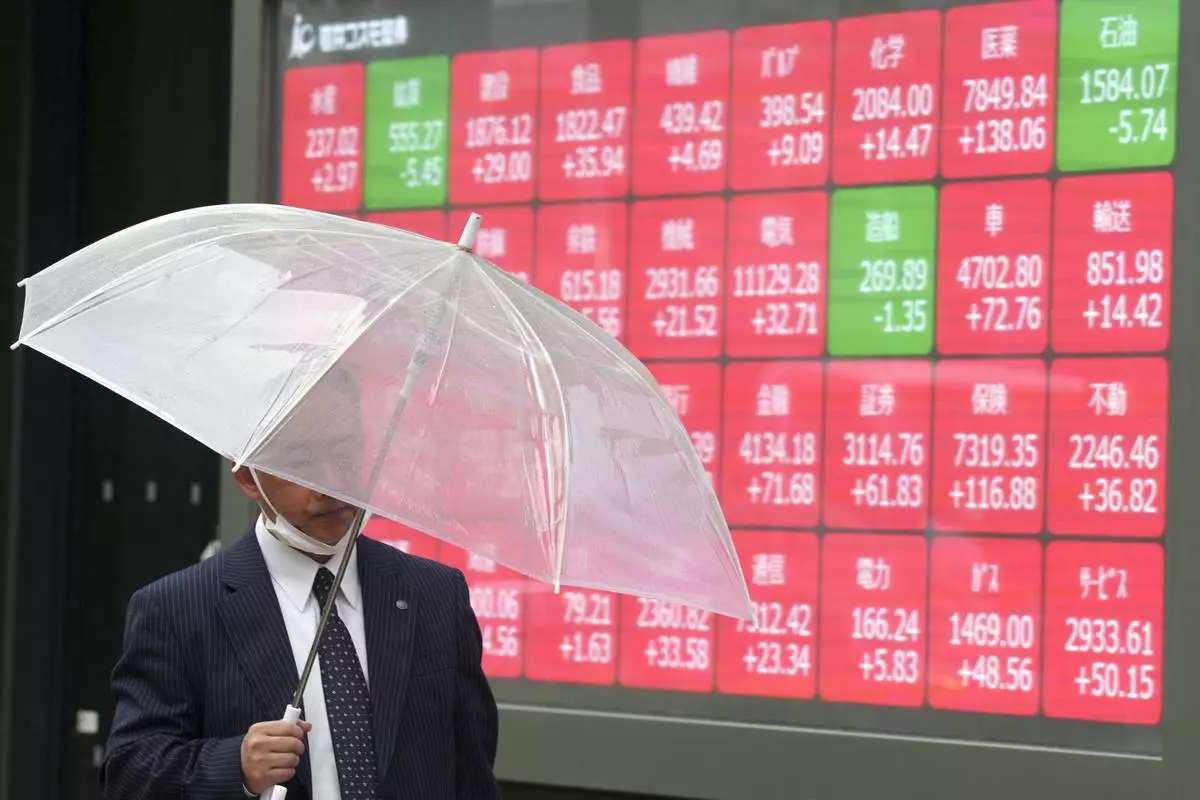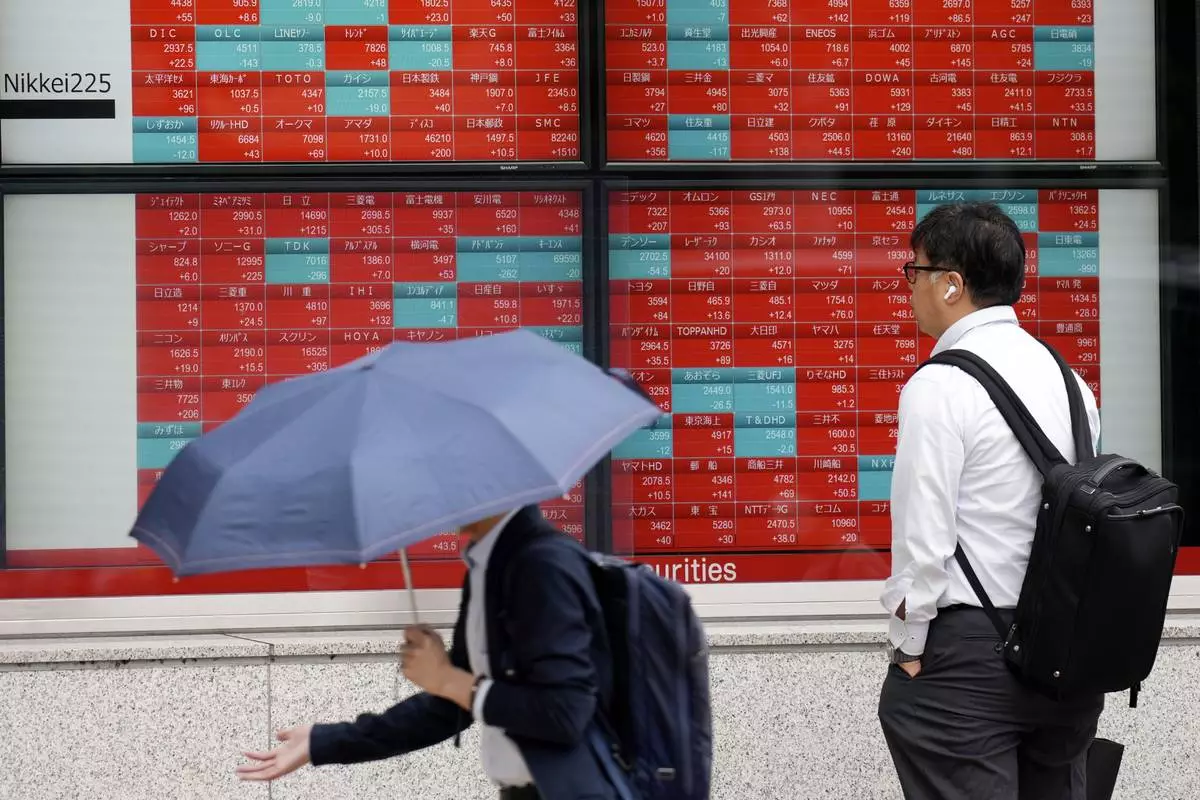Oh, it’s time to get ready.
After a seemingly innocuous passage of play, these were the words of a baseball commentator at St Paul Saints’ match against Sioux Falls Canaries – right before food-throwing madness ensued.
The unadulterated slugfest of edible detritus involving 7,500 fans was, as you might be able to tell from the waterproof parkas, a co-ordinated moment of madness.

PA photo
It was done as a commemoration of the 40th anniversary of the classic comedy Animal House, shown on the big screen.
The Saints said in a press release before the match: “Bring your friends, family, significant others, and especially your frenemies because this is your chance to partake in a time-honored tradition of a food fight, similar to the one started by John Belushi’s character, John ‘Bluto’ Blutarsky in the cafeteria scene from Animal House.”

PA photo
Before you go thinking the remarkable display was waste for the sake of it, it raised money for a good cause, with thousands of dollars going to a food bank charity.
The 90-second fight was planned for the fourth inning, with fans given mashed potatoes, marshmallow, popcorn and doughnuts to hurl at their fellow participants.

PA photo
They were also told they could throw anything they liked from the food stands at the stadium, such as hot dogs and burgers.

PA photo
What a time and place to be a seagull.
HONG KONG (AP) — Asian markets wobbled in early Thursday trading after U.S. stocks swung to a mixed finish with the Federal Reserve delaying cuts to interest rates.
U.S. futures surged and oil prices were higher.
Tokyo’s Nikkei 225 index opened with a decline, then climbed 0.1% to 38,299.71.
The Japanese yen surged as much as 2% in early Asia hours Thursday, driven by speculations of another round of yen-buying intervention by Japanese authorities and a weaker U.S. dollar following the Fed meeting. Later, the yen reversed its course and erased the previous gains. By midday, the dollar was trading at 156.04 yen, up from 154.91 yen.
“As expected, Japan’s Ministry of Finance, via the Bank of Japan, was back selling U.S. dollars to stabilize the yen. Indeed, the Japanese government is digging into their sizable 1.2-trillion-USD war chest, looking to take profit on the dollar they bought back in 2000," Stephen Innes, managing partner at SPI Asset Management, said in a commentary. He said the hope was to stabilize yen around 155-157 to the dollar.
In South Korea, the Kospi edged 0.1% lower to 2688.80, after official data showed the country’s consumer prices in April reached 2.9% year on year, a slower pace compared to the data in March.
Hong Kong’s Hang Seng index added 2.3% to 18,178.43. Other markets in China remained closed for the Labor Day holiday.
Elsewhere, Australia’s S&P/ASX 200 advanced 0.5% to 7,603.80.
On Wednesday, the S&P 500 fell 0.3% to 5,018.39 after the Fed held its main interest rate at its highest level since 2001, just as markets expected. The index had rallied as much as 1.2% in the afternoon before giving up all the gains at the end of trading.
The Dow Jones Industrial Average rose 0.2% to 37,903.29, and the Nasdaq composite lost 0.3% to 15,605.48.
On the downside for financial markets, Federal Reserve Chair Jerome Powell said out loud the fear that's recently sent stock prices lower and erased traders' hopes for imminent cuts to interest rates: “In recent months, inflation has shown a lack of further progress toward our 2% objective.” He also said that it will likely take "longer than previously expected” to get confident enough to cut rates, a move that would ease pressure on the economy and investment prices.
At the same time, though, Powell calmed a fear swirling in the market that inflation has remained so high that additional hikes to rates may be necessary.
“I think it’s unlikely that the next policy rate move will be a hike,” he said.
The Fed also offered financial markets some assistance by saying it would slow the pace of how much it’s shrinking its holdings of Treasurys. Such a move could grease the trading wheels in the financial system, offering stability in the bond market.
Traders themselves had already downshifted their expectations for rate cuts this year to one or two, if any, after coming into the year forecasting six or more. That's because they saw the same string of reports as the Fed, which showed inflation remaining stubbornly higher than forecast this year.
Powell had already hinted rates may stay high for awhile. That was a disappointment for Wall Street after the Fed earlier had indicated it was penciling in three cuts to rates during 2024.
One report from the Institute for Supply Management said the U.S. manufacturing sector unexpectedly fell back into contraction last month. A separate report said U.S. employers were advertising slightly fewer jobs at the end of March than economists expected.
The hope on Wall Street has been that a cooldown could help prevent upward pressure on inflation. The downside is that if it weakens too much, a major support for the economy could give out.
In energy trading, benchmark U.S. crude ended three days of decline and rose 45 cents to $79.45 a barrel. Brent crude, the international standard, was up 44 cents to $83.88 a barrel.
In currency trading, the euro cost $1.0713, up from $1.0709.

Traders work on the floor at the New York Stock Exchange in New York, Wednesday, May 1, 2024. (AP Photo/Seth Wenig)

A person looks at an electronic stock board showing Japan's Nikkei 225 index at a securities firm Thursday, May 2, 2024, in Tokyo. (AP Photo/Eugene Hoshiko)

A person stands in front of an electronic stock board showing Japan's Nikkei 225 index at a securities firm as pedestrians are reflected on a glass window Thursday, May 2, 2024, in Tokyo. (AP Photo/Eugene Hoshiko)

A person looks at an electronic stock board showing Japan's Nikkei 225 index at a securities firm Thursday, May 2, 2024, in Tokyo. (AP Photo/Eugene Hoshiko)

A banner for cruise operator Viking, marking its initial public offering, hangs on the front of the New York Stock Exchange on Wednesday, May 1, 2024 in New York. (AP Photo/Peter Morgan)

FILE - A person walks in front of an electronic stock board showing Japan's Nikkei 225 index at a securities firm in Tokyo, on April 22, 2024. Asian stocks fell Wednesday, May 1, 2024 with most of the markets in the region closed for a holiday. Meanwhile, U.S. stocks closed out their worst month since September. (AP Photo/Eugene Hoshiko, File)

FILE- A person looks at an electronic stock board showing Japan's stock prices at a securities firm in Tokyo, on April 30, 2024. Asian stocks fell Wednesday, May 1, 2024 with most of the markets in the region closed for a holiday. Meanwhile, U.S. stocks closed out their worst month since September. (AP Photo/Eugene Hoshiko, File)




















